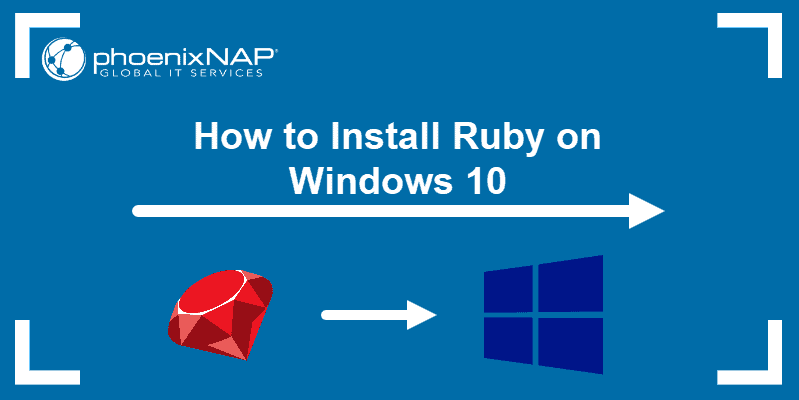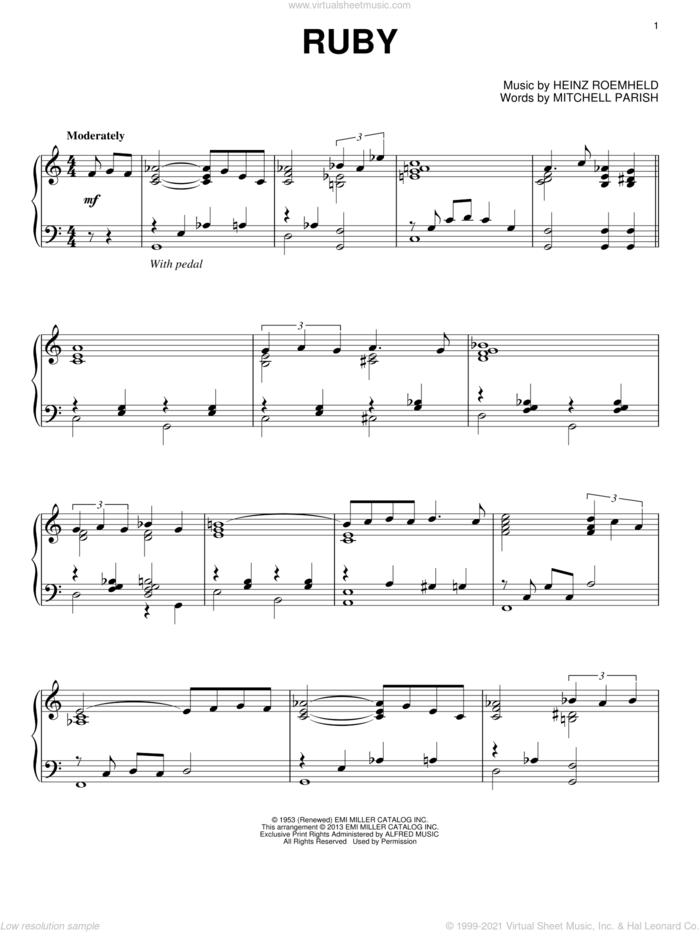

- #INTERACTIVE RUBY DOWNLOAD CRACKED#
- #INTERACTIVE RUBY DOWNLOAD INSTALL#
- #INTERACTIVE RUBY DOWNLOAD UPDATE#
- #INTERACTIVE RUBY DOWNLOAD FULL#
- #INTERACTIVE RUBY DOWNLOAD WINDOWS#
At the end of the installation, we will see how much!
#INTERACTIVE RUBY DOWNLOAD INSTALL#
#INTERACTIVE RUBY DOWNLOAD WINDOWS#
You can do this step after you finish the installation but it takes much longer than doing it now when the folder is empty so that Windows will automatically compress the files on the fly as they get written to the directory as part of the installation. This becomes important especially on SSDs where the space might be limited to start with anyway. I recommend that you set the folder to be compressed automatically by Windows so that it saves you space.
#INTERACTIVE RUBY DOWNLOAD FULL#
We will do the following:Ī full Ruby installation, as we intend to do, will take upwards of approximately 900MB of disk space. Ok, so it’s Day 0 – the day we set up Ruby on Windows and run a simple script. There are a few ways to run Ruby on Windows (RubyInstaller, Windows Subsystem for Linux, Docker, etc.) but we will follow the simplest and most native way – to use the RubyInstaller. Note: This post was written for Ruby 3.0.0 but should work for other versions also. This post is along the same lines as the JRuby Day 0 post from earlier. This post will help you get started with Ruby 3 on Windows, and covers the basics of installation. Now that RubyInstaller 3.0.0-1 has been released it’s a good time to set it up on Windows and try the features of Ruby 3.0. On Christmas Day 2020, the core team released version 3.0 with major improvements and new features. It has an elegant syntax that is natural to read and easy to write (from the Ruby web site). Ruby is a dynamic, open source programming language with a focus on simplicity and productivity. on | Ruby | Programming | RubyOnWindows | Ruby 3.0 on Windows: Day 0 - install and Hello World.Not quite as easy as the initial documentation suggested but I got there in the end.

The -p is the portand the -e is the mode you want to run it in.Īssuming this has worked correctly you can click start>run type “services.msc” scroll down the list and find your app, right click it and start the service, you can now open up the port you specified in your browser and all should be swell The -c is the change to directory - basically where you want your scripts to start from, aka the myapp folder The -N gives the service a custom name, so if you needed to ctrl-alt-del that’s the name that would appear Mongrel_rails service::install -N MyAppsServiceName -c c:\Ruby\myapp\ -p 4000 -e production So to access our server we simply type in and you should see your ruby on rails enviroment all ready to use! (you need to keep that console open unless you install the mongrel service) The last line when you run this command gives us the details of the server Of course being on XP I get a firewall dialogue, so I choose to allow it. So at the prompt I type cd myapp (since i’m already in the ruby folder) Now the command prompt shows it has installed a few default files and since I ran at C:\Ruby, the files are located in C:\Ruby\myapp Rails myapp (change myapp to the name of your application/site) Now I think we should be ready to start our application. Gem install mongrel (mongrel is a local testing server - similar to apache) Gem install rails (hopefully no need to explain why :P ) Gem install rake (not sure what rake is, but it seems to be required for ruby on rails further down the line, though no-one seems to mention that )
#INTERACTIVE RUBY DOWNLOAD UPDATE#
Gem update –system (this checks the core ruby and gems for an update as far as i’m aware) So we go to our start menu, and then Ruby>RubyGems and open up the Ruby Gems Console, this gets us into a working console, we can then run now this is where the documentation tends to let you down, it simply says open up a ruby console, and the default one never seems to work (Interactive Ruby Console). now that they’re both installed, the core as such I’d recommend rebooting.
#INTERACTIVE RUBY DOWNLOAD CRACKED#
After trying several times go get Ruby on Rails working on XP easily, i’ve finally cracked it.Īll the code you should type is highlighted for quick reference in bold/italicįirst of all, you simply run the Ruby installer from the website, then you download ruby gems setup, extract all of the files, and run setup.rb - this installs gems.


 0 kommentar(er)
0 kommentar(er)
